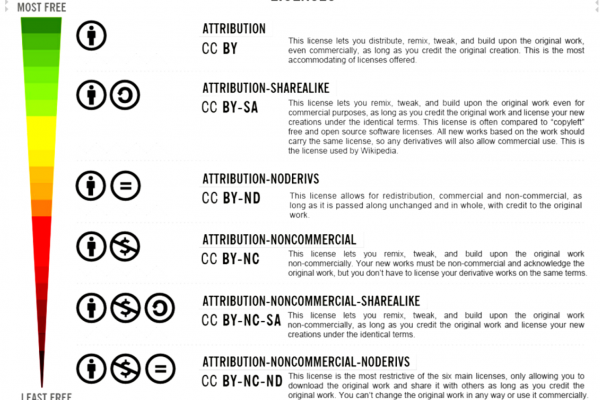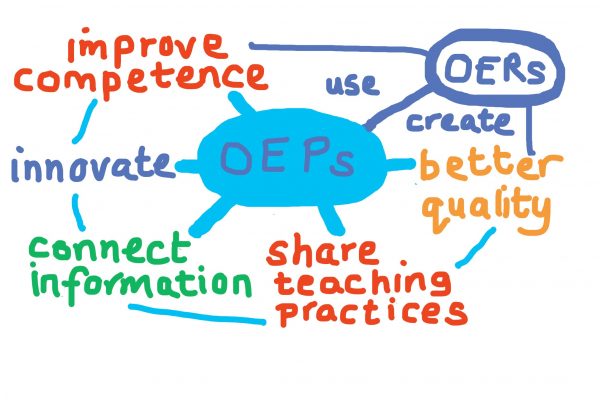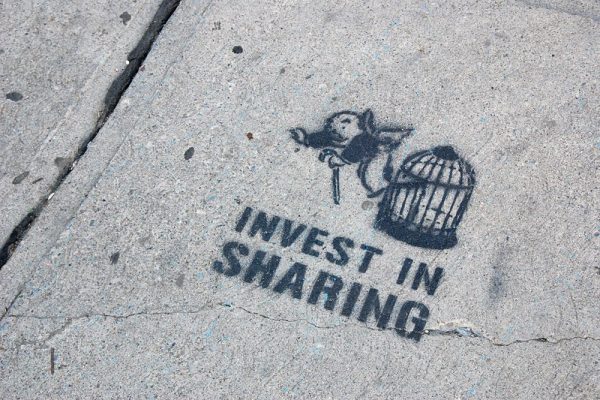Currently, I am taking the Creative Commons Certificate course. In the initial module, which introduced creative commons is and its history and in which I made this timeline, the second module is about copyright. This is not so strange, as the creative commons licenses build on copyright law. Although there are many differences between countries regarding copyright laws, there are some common grounds. For instance, there are two primary rationales for copyright law, the utilitarian rationale and the author’s rights rationale. The utilitarian rational wants to provide incentives to creators and aims at the creation of new works. The author’s rights rational wants to ensure attribution for authors and preserves the integrity of creative works.
Copyright applies to works of original authorship, and most of the time requires to be written down, recorded or saved digitally, also called fixation. That means, copyright does not protect facts or ideas, only the expression of those facts or ideas. In most countries, works can belong to the following categories:
- Literary and artistic works
- Translations, adaptations, arrangements of music and alterations of literary and artistic works
- Collections of literary and artistic works
In some countries also applied art and industrial designs and models as well as computer software are copyrightable.

Copyright is one type of intellectual property. Two other very other very well known intellectual property rights are trademarks and patents. One way of explaining the differences between copyright and trademark is by taking a look at the creative commons logo. Creative commons has no copyright on the logo, as it does not qualify for a creative work. However, it is a registered trademark and everyone who wants to use it has to comply with the creative commons trademark policy.
Interestingly, copyright is automatic. The soon as you write down, paint or program your work, you are the copyright holder and do not have to register your work, like a patent or trademark.
Another very interesting aspect of creative works and copyright are those creative works that are not subject to copyright. These are also called to belong to the public domain. There are four ways that creative works are not subject to copyright:
- The copyright expires.
Although very long, and becoming longer and longer, copyrights are not infinite. After that period of time, often 50 or 70 years after the creators death, the works enter the public domain. - The work was never entitled to copyright protection.
Purely functional works, for instance the design of a nail, as well as other categories such as legislative, administrative and legal works, as described in the Berne Convention, are never copyrightable. Neither are ideas or facts, as stated above. - The creator dedicates the work to the public domain before copyright has expired.
In most countries, the creator of a work can dedicate his or her work to the public domain. - The copyright holder failed to comply with formalities to acquire or maintain their copyright.
Nowadays, copyright is automatic. That has not always been the case and hence there are works where the creator failed to adhere to formalities.
In some countries, there are other limitations and exceptions built into copyright, including “fair use” and “fair dealing”. These aim to making sure that the rights of the public are not overly restricted by copyright. Copyright limitations and exceptions are different from country to country and are either listed as specific activities or handled through flexible guidelines.
Like the public domain, exceptions and limitations to copyright are just as important as the exclusive rights copyright grants. Think of them as a safety valve for the public in order to be able to utilize copyrighted works for particular uses in the public interest. Educate yourself about the exceptions and limitations that apply where you live, so you can take advantage of and advocate for these critical user rights.
Adapted from the CC Certificate Modules 2019 licensed under a Creative Commons Attribution 4.0 International license.




